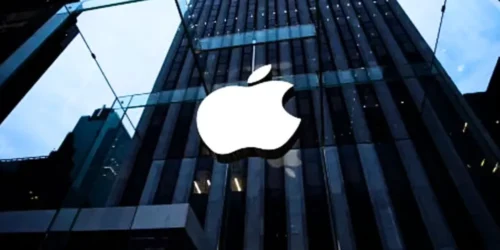For over a decade, we have been told that cryptocurrency is the future. Proponents describe it as a revolutionary technology that will overthrow traditional finance, empower the unbanked, and create a new, decentralized world. They speak of a technological marvel. But suppose we strip away the hype, the jargon, and the wild speculation.
In that case, we are left with a stark and uncomfortable question: What real-world problem does cryptocurrency solve for the average person? After years of development and billions of dollars in investment, the so-called crypto revolution looks less like a groundbreaking innovation and more like a solution in search of a problem.
Its primary use case to date has not been as a medium of exchange, but as a vehicle for rampant, unregulated speculation. It is a digital casino, dominated by hype cycles, “meme coins,” and get-rich-quick schemes that have financially ruined countless naive investors.
As a payment system, it is slow, inefficient, and environmentally disastrous, with some networks consuming more energy than entire countries. The promise of “banking the unbanked” rings hollow when transaction fees can often exceed the entire amount being sent.
The technology’s advocates will point to its potential, its underlying blockchain brilliance, and its philosophical commitment to decentralization. But potential does not pay the bills. For the vast majority of people, the existing financial system, for all its significant flaws, is faster, cheaper, safer, and infinitely more useful.
It is time for a dose of reality. Until cryptocurrency can demonstrate a clear and compelling use case that improves the lives of ordinary people, it will remain what it currently is: a fascinating, volatile, and ultimately niche technological experiment.













